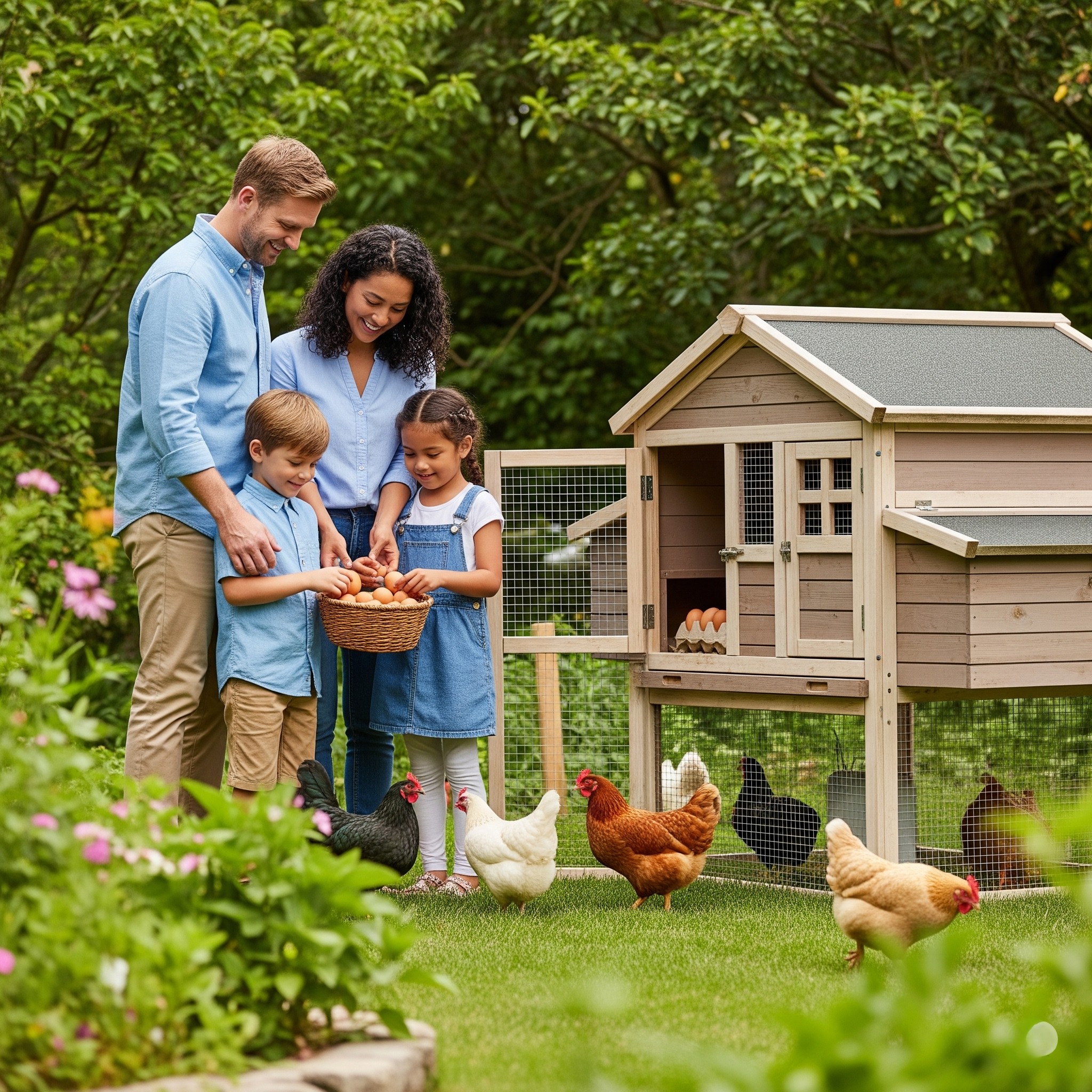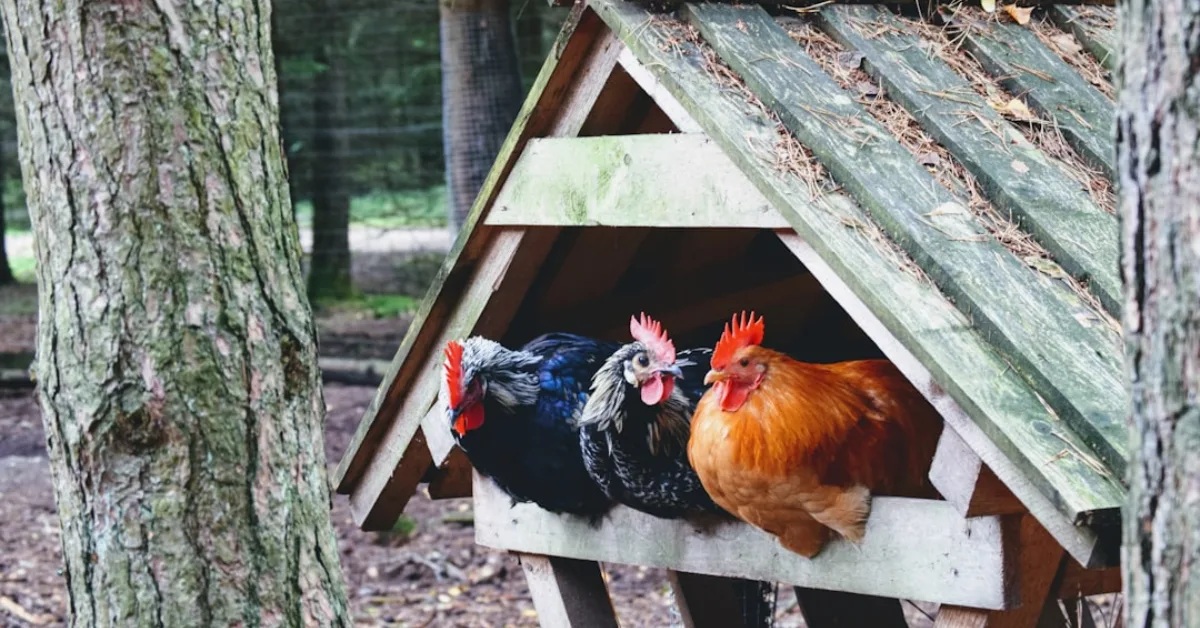Table of Contents
ToggleIntroduction to Chicken Coops
Thinking of keeping backyard chickens, or maybe you’re already knee-deep in chicken coop plans and Pinterest boards filled with dreamy chicken coop ideas? You’re in the right place, friend! Creating the perfect chicken coop is one of the most rewarding DIY projects you can take on, whether you’re drawn to the rustic charm, dreaming of farm-fresh eggs, or just want a cozy and secure home for your flock.
In the last few years, chicken coops have become a backyard must-have, not just for dedicated homesteaders but for anyone looking to add a little magic (and a lot of fresh eggs) to their everyday life. A well-designed coop doesn’t just keep your chickens happy and healthy—it delivers peace of mind for you, too. Ready to build a dreamy, durable, and Pinterest-worthy DIY chicken coop? Let’s walk through the essential features every coop should have to keep your hens clucking with contentment.
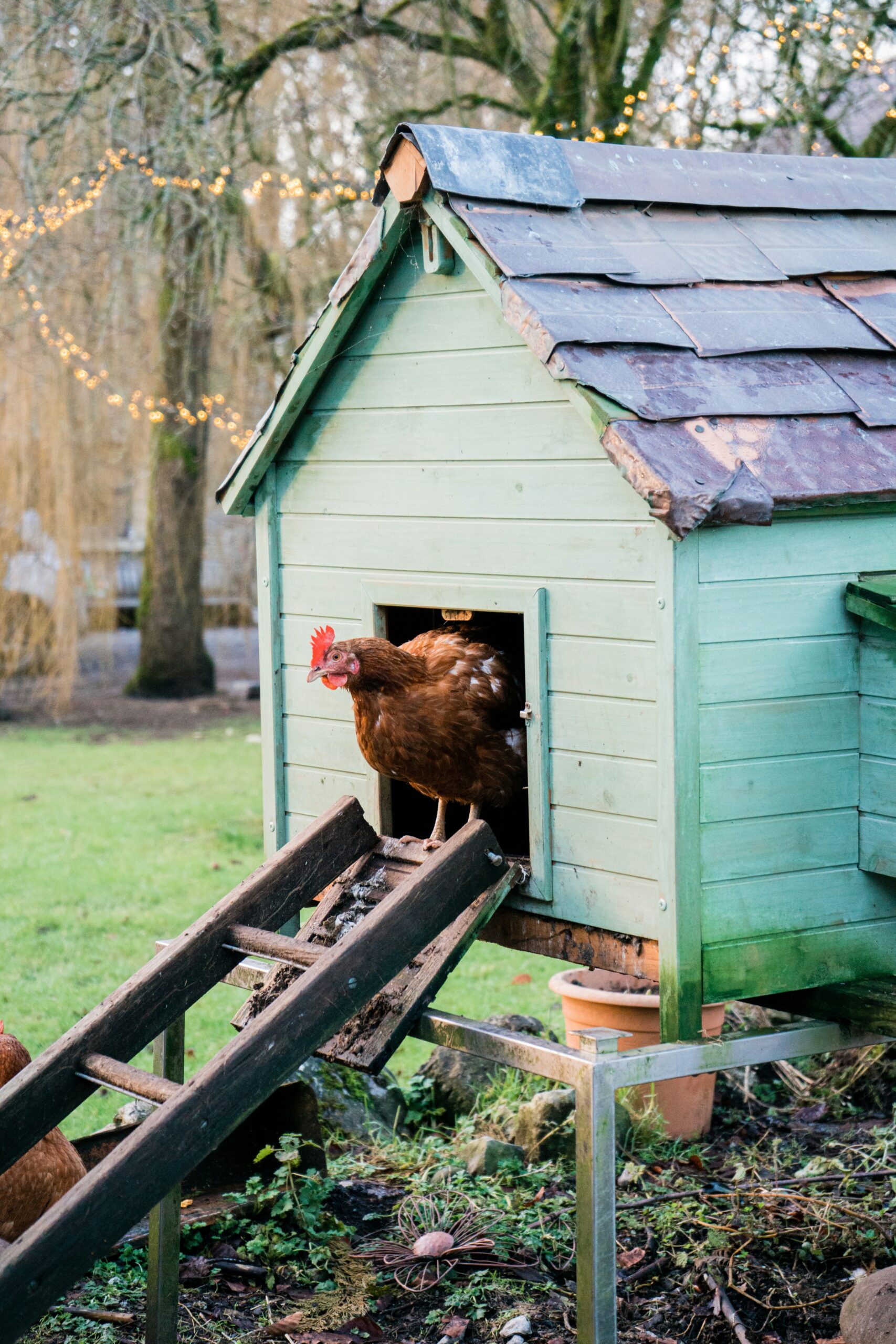
Feature 1: Security against Predators
You haven’t truly known anxiety until you hear that distant rustle in the night and remember your flock is outside. One of the most important elements of any chicken coop plan is security. Raccoons, foxes, hawks, and even some sneaky neighborhood dogs are always on the lookout for an easy meal—don’t let yours be on the menu!
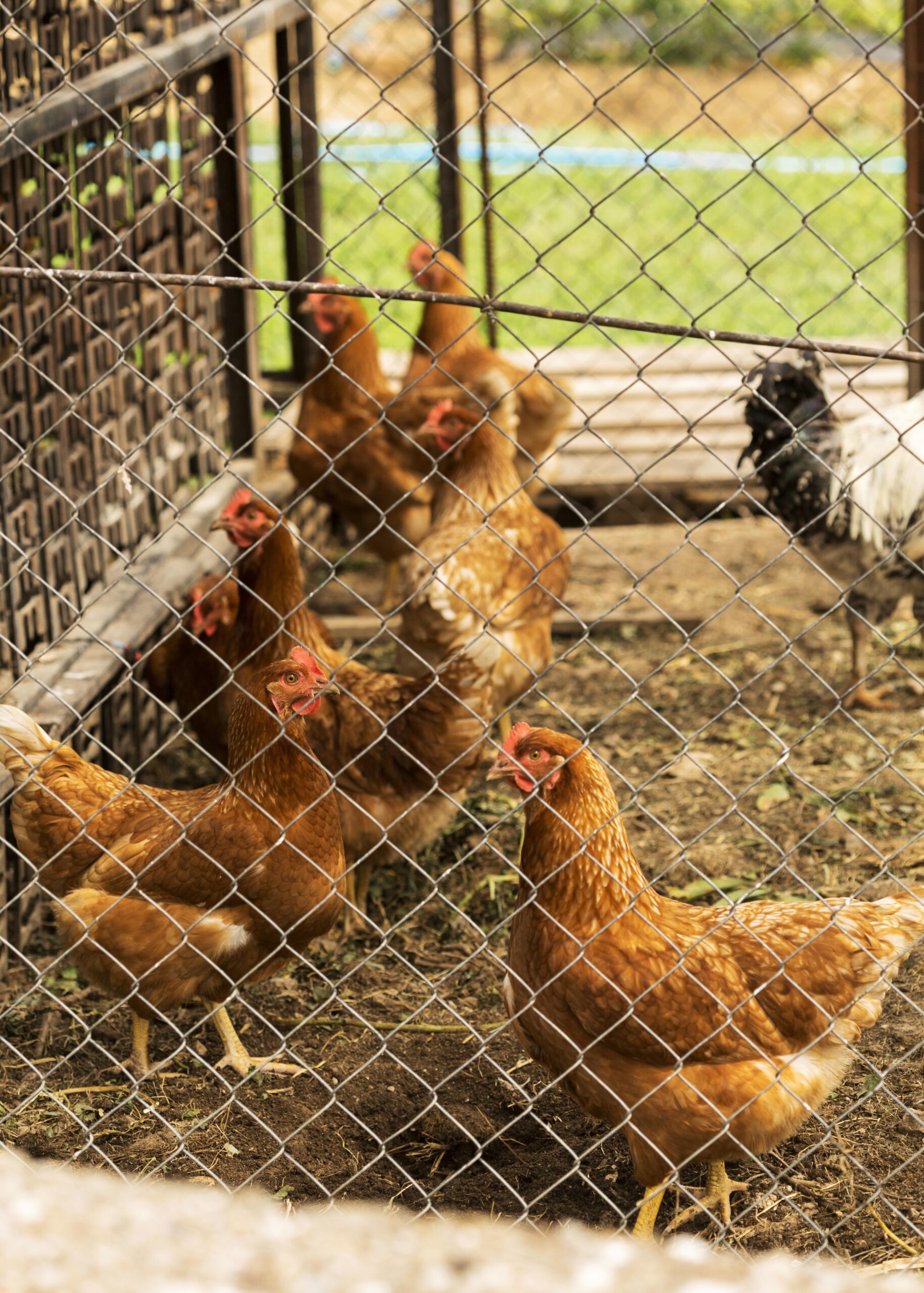
Locking Mechanisms
The first line of defense: solid, clever locking mechanisms. A simple latch won’t cut it; raccoons have nimble fingers that’d shame a locksmith. Go for spring-loaded eye hooks, carabiners, or bolt locks on all doors and access points. If you’re worried about kids or forgetful spouses leaving things open, invest in automatic coop door openers. Many modern chicken coops feature programmable doors that lock the flock in at dusk, making security effortless.
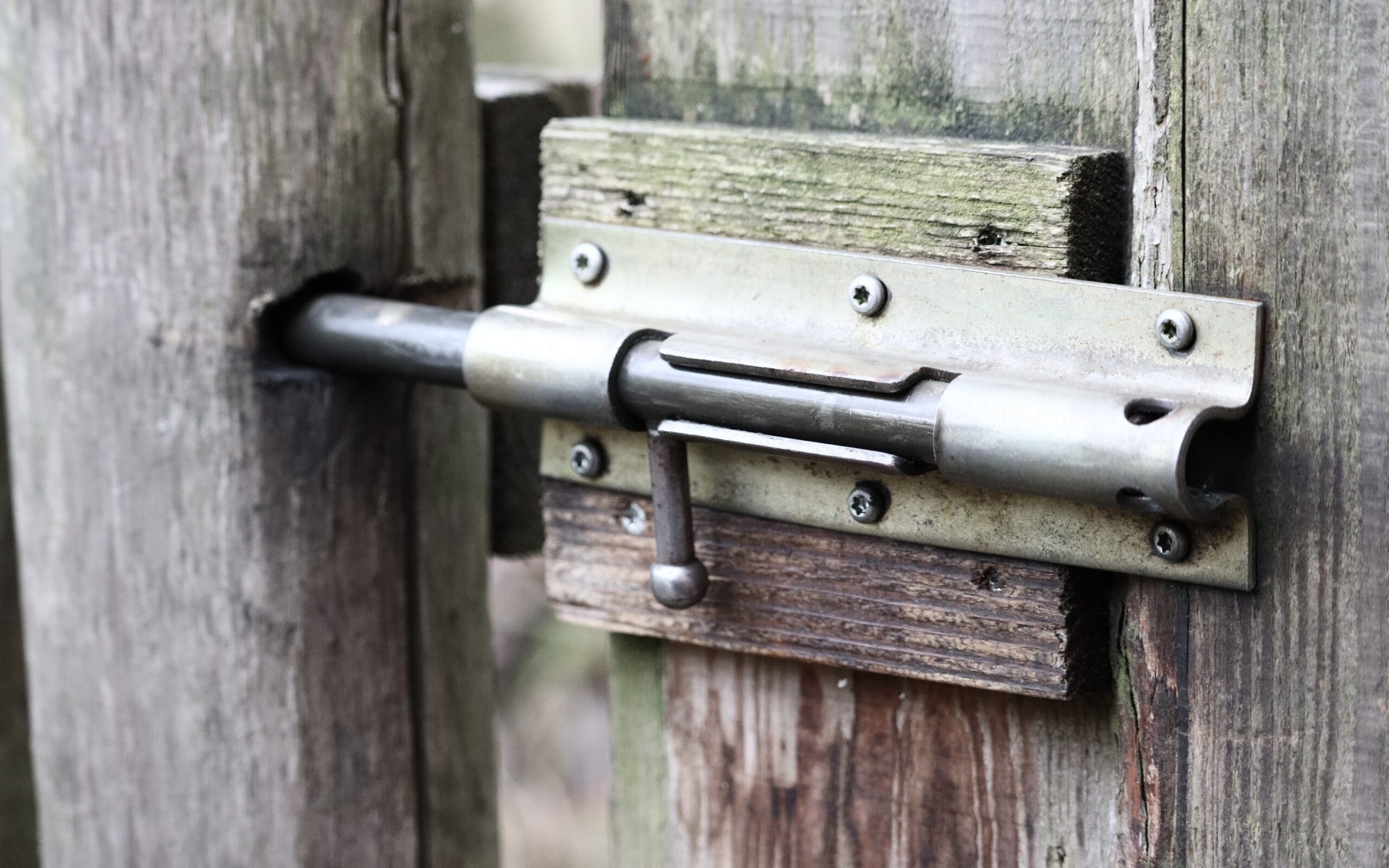
Elevated Coop Design
Give your coop a boost—literally! Raising your coops chicken coop structure 18-24 inches off the ground keeps your birds out of harm’s way, discouraging rats, snakes, and other ground-based threats. Not only does it keep predators at bay, but it helps with drainage, reduces dampness, and extends the lifespan of your DIY chicken coop.
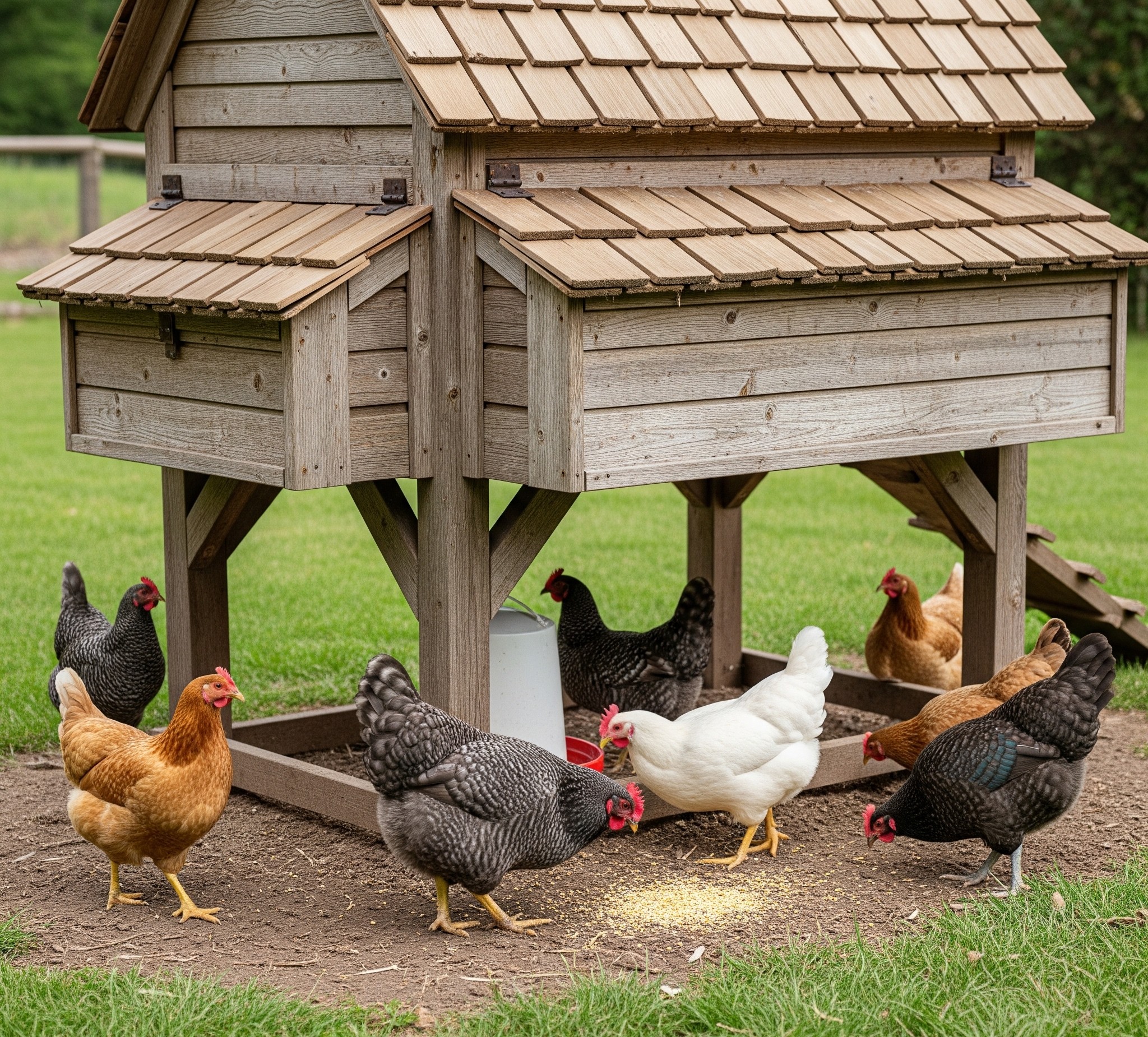
Feature 2: Adequate Space for Chickens
Ever seen cranky hens? Overcrowding is a recipe for stress, feather-pecking, and fewer eggs. Your hens want room to roam, lounge, and nestle comfortably.
Size Recommendations
A golden rule for happy hens: at least 3–4 square feet of indoor space per standard-sized chicken. For bantams, 2 square feet does the trick. The outdoor run? Aim for 8–10 square feet per bird. Overestimate if you can—space means less drama and more eggs.
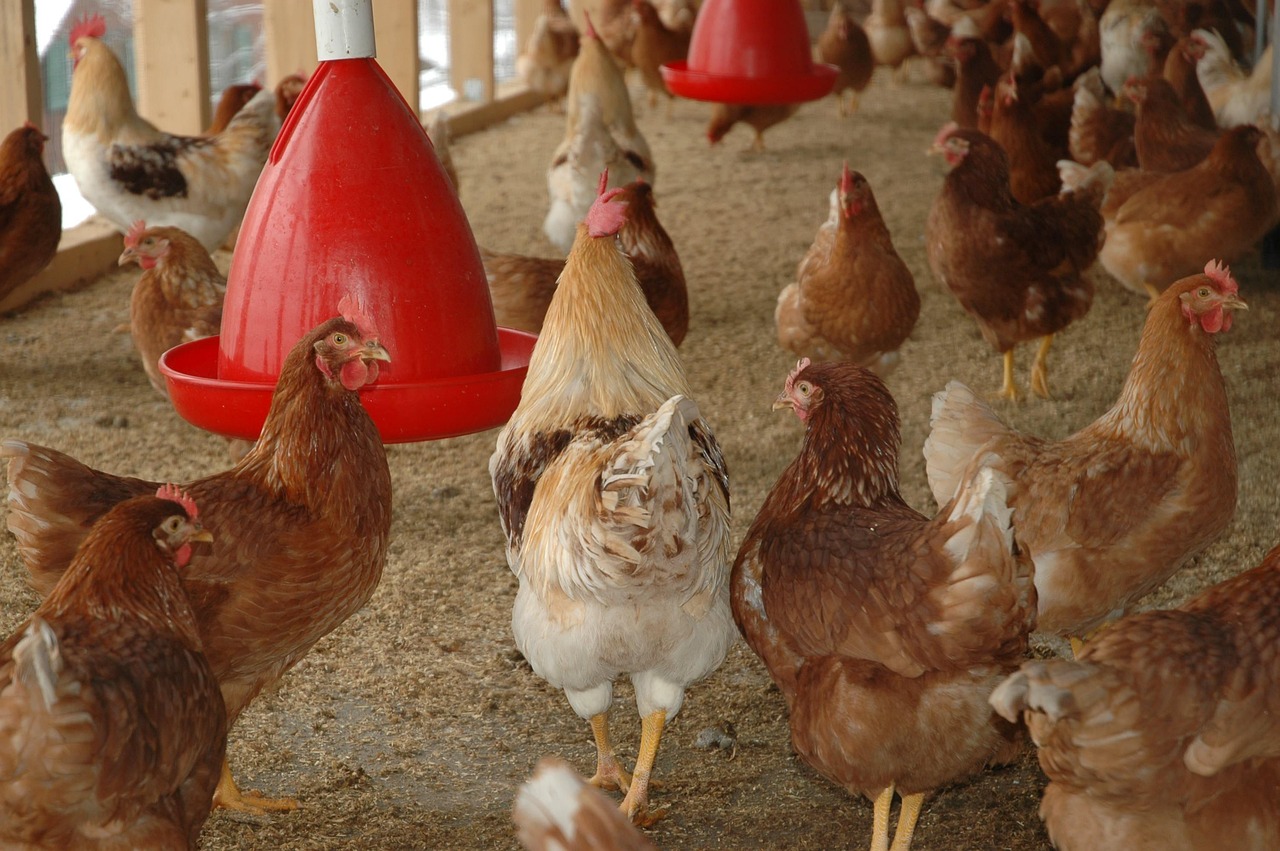
Coop Layout Considerations
Plan your layout carefully. Chickens are habitual creatures: they love quiet, dark places for laying, high perches for sleeping, and plenty of room for foraging. Keep nest boxes on one end, feeders/waterers on the other, with a clear walkway in between. Consider traffic flow: you want to be able to walk in without tiptoeing through chicken chaos!

Feature 3: Ventilation and Airflow
An underrated superstar in any chicken coop plan? Airflow. A stink-free, healthy hen house doesn’t just “happen”—it takes smart design.
Importance of Fresh Air
Chickens produce a surprising amount of moisture and ammonia. Without proper ventilation, that buildup can quickly lead to respiratory disease. Windows, vent panels under the eaves, and roof vents prevent moisture and odors from accumulating. Even in winter, a well-ventilated coop is warmer and drier—don’t worry, your flock is tougher than you think.
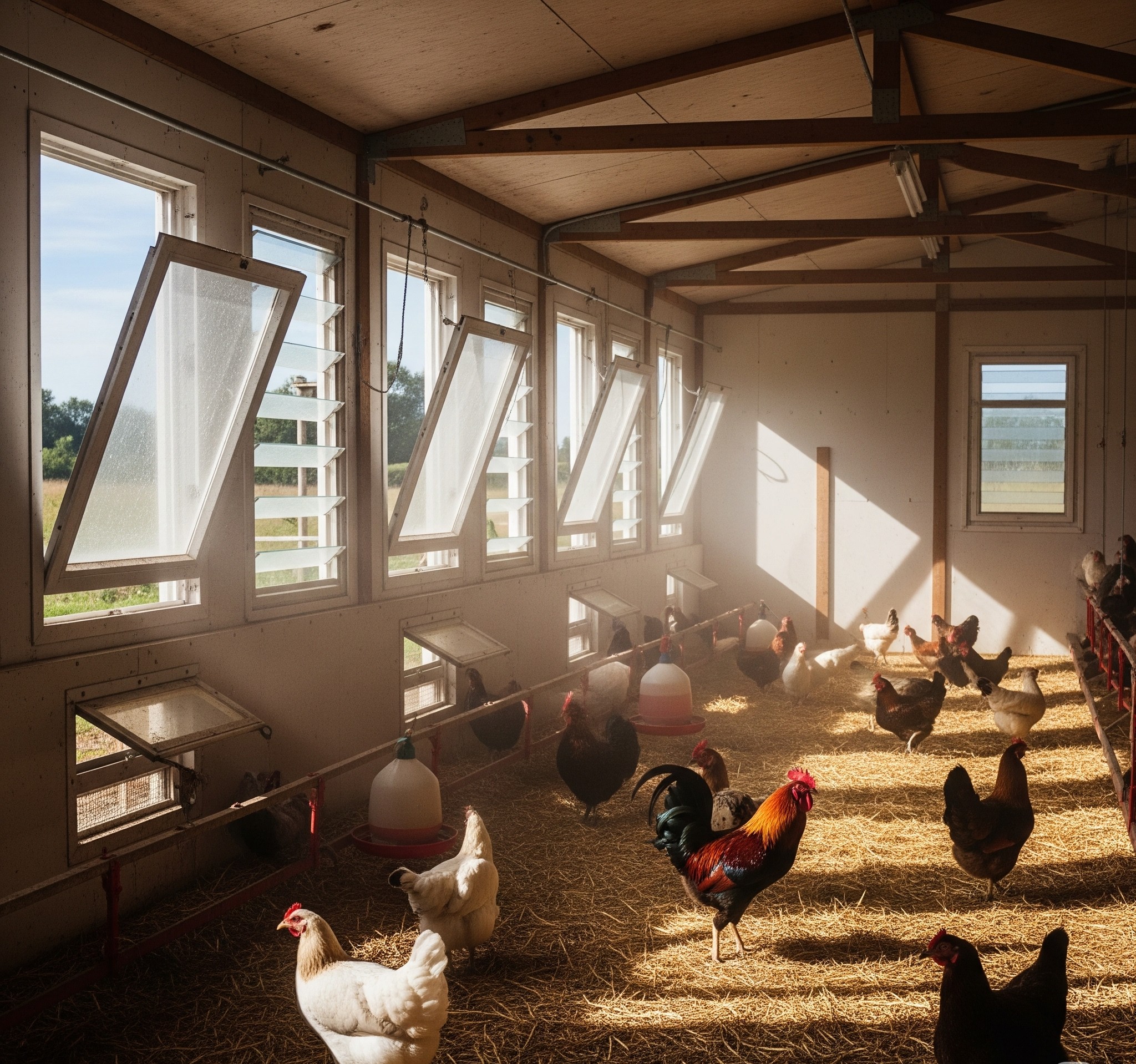
Ventilation Design Ideas
Install predator-proof hardware cloth over all openings, not chicken wire (which is too flimsy). Adjustable vents high up on opposite sides of the coop encourage passive airflow—think cross-breezes. Hinged windows or removable wall panels are also fantastic for those hot summer days.
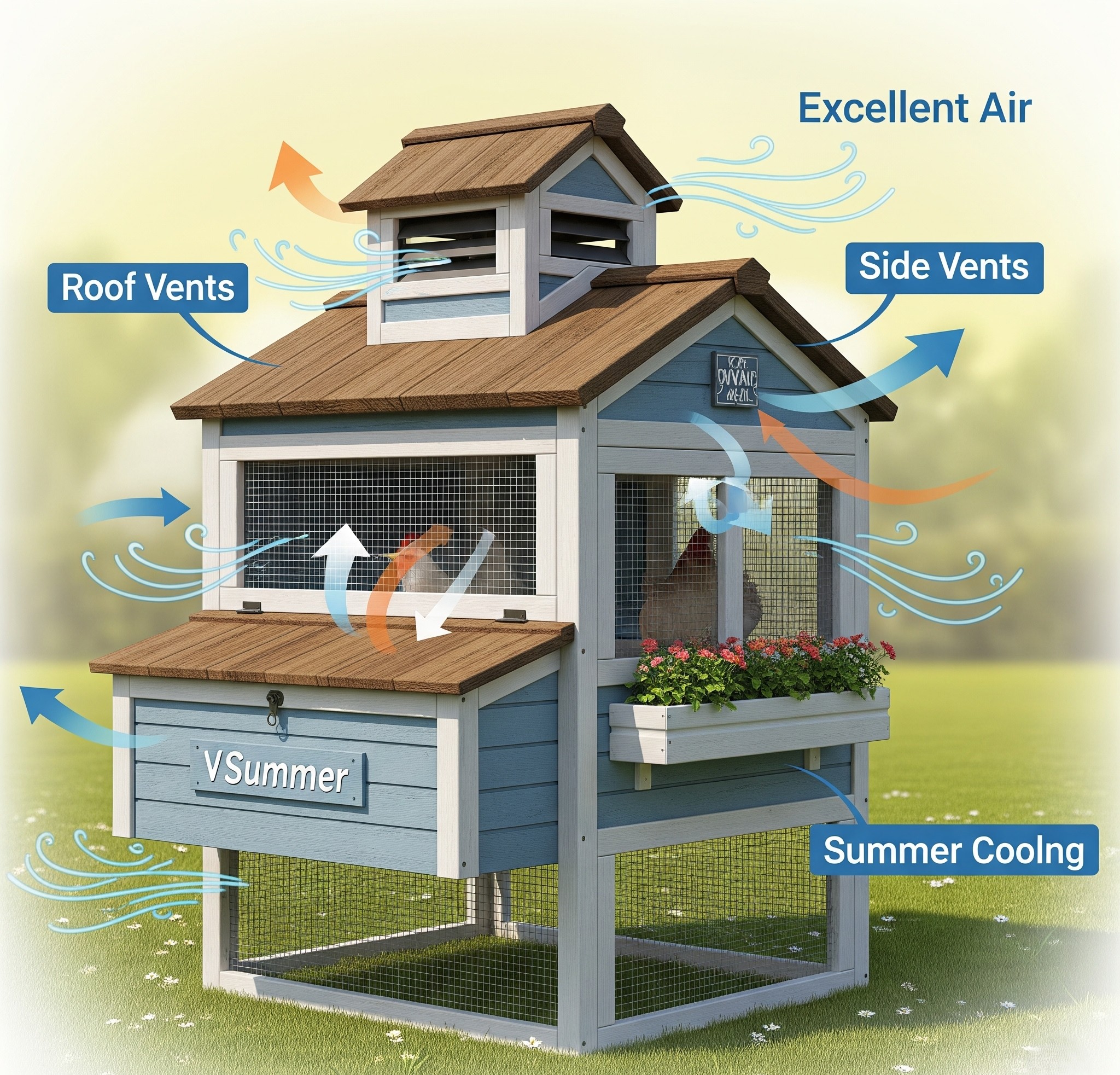
Feature 4: Easy Access for Cleaning
Trust me: the easier your coop is to clean, the less you’ll dread chicken chores. A fresh coop means happy, healthy hens and fewer pests.
Coop Design for Maintenance
Walk-in coops are a game-changer. If you can, build a chicken coop tall enough for you to stand inside comfortably. Include big doors and removable roosts to make sweeping out bedding a breeze. Some chicken coop plans even have poop trays beneath the roosts—just slide them out, dump the contents, and you’re done.
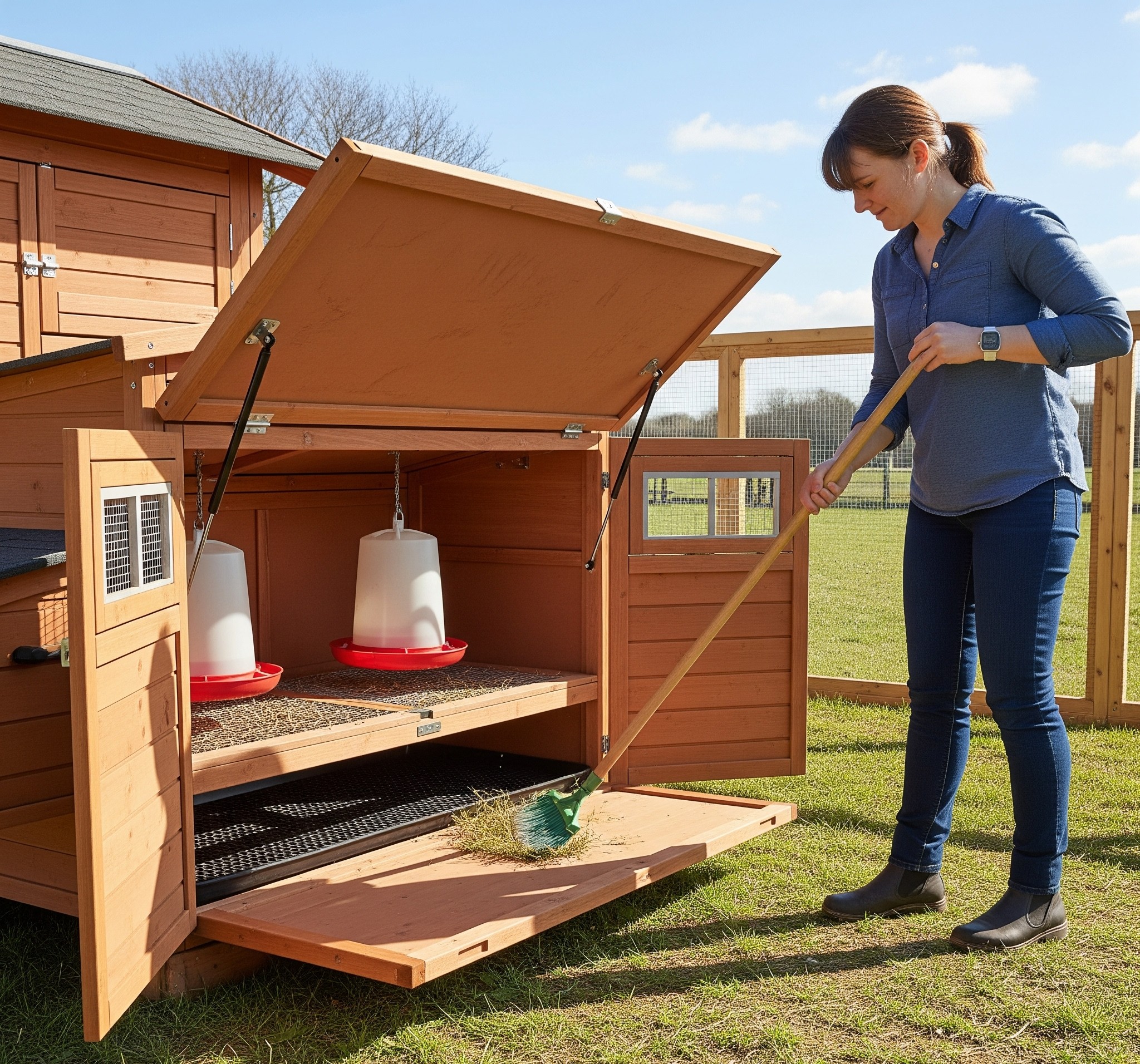
Cleaning Tools and Tips
Keep hand-held brooms, a garden rake, and a bucket stationed nearby. A good scraper for stubborn spots and a dustpan are essentials. Sprinkle sweet PDZ or diatomaceous earth under bedding to absorb moisture and neutralize odors—your flock (and nose) will thank you.
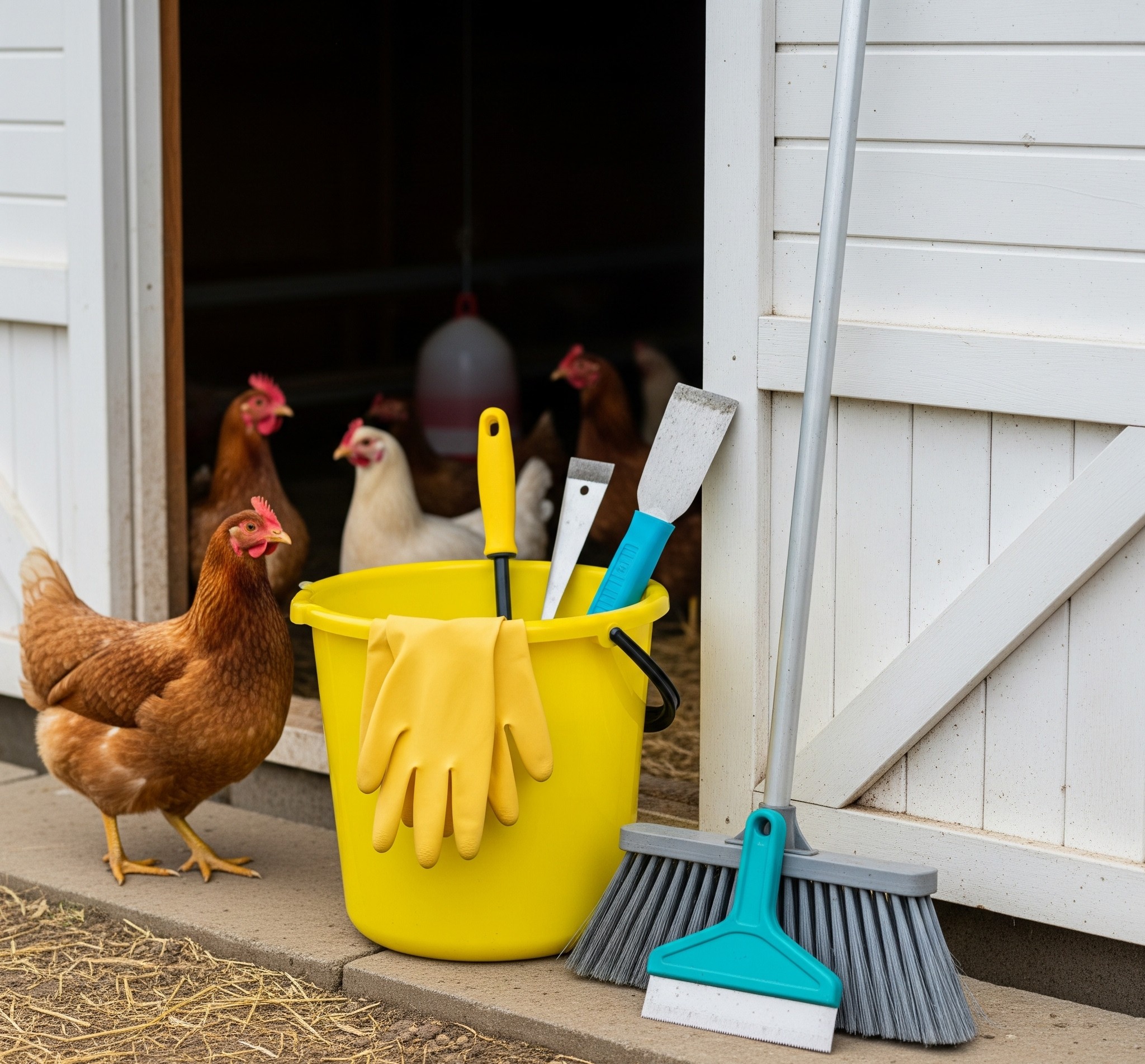
Feature 5: Comfortable Nesting Areas
A cozy nest box is a busy hen’s paradise—and your shortcut to farm-fresh eggs without a daily Easter egg hunt.
Nest Box Design
Optimal design: 1 box per 3–4 hens. Standard size: 12” x 12” x 12” is perfect for most breeds. Add a little privacy curtain or tuck boxes in a quiet, dim spot of the coop. Use sloped roofs on nest boxes to discourage roosting and keep things tidy.
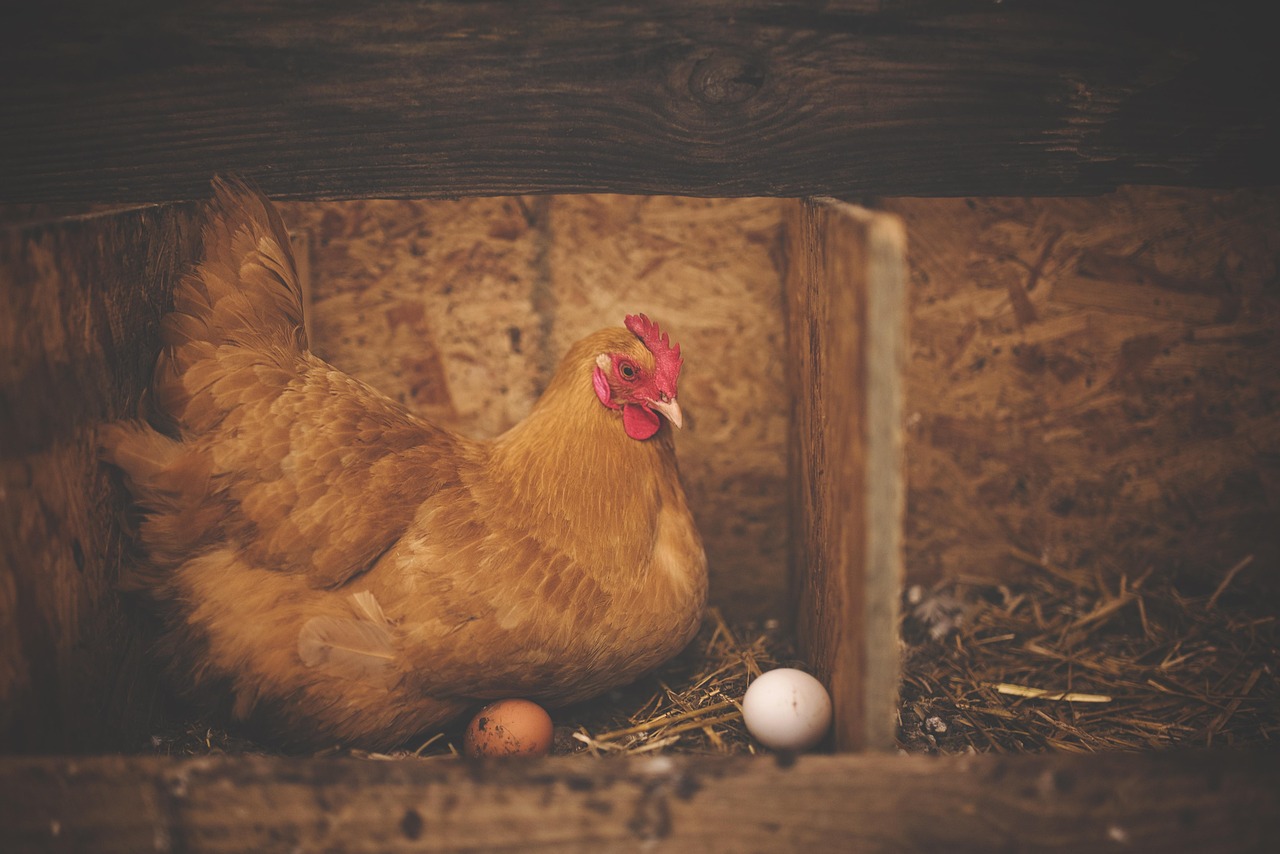
Bedding Options
Soft, clean bedding makes for happy laying. Pine shavings are classic; straw works, too, but can harbor mites if not replaced often. For extra luxury, line boxes with a thin layer of aspen or wood wool. Fresh herbs like lavender or mint not only smell divine but can deter pests—plus, they look gorgeous in those Pinterest-perfect eggs shots!
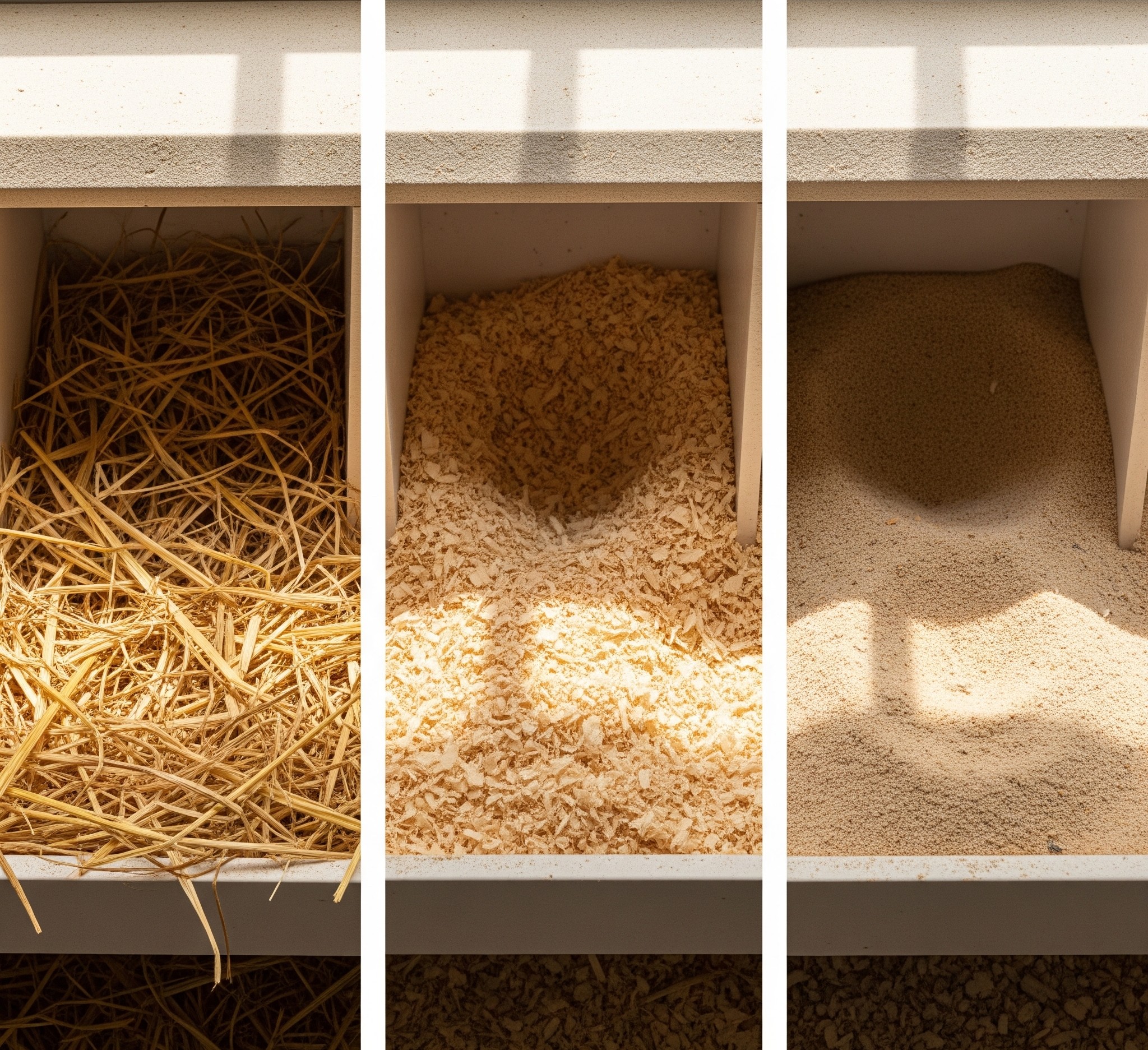
Feature 6: Outdoor Run and Free-Range Options
A chicken confined to the coop isn’t a happy chicken—hens love exploring, pecking grass, and dust-bathing in the sun.
Integrated Run Design
Don’t just slap a pen next to your coop—integrate it! A covered outdoor run, attached directly to your chicken coops structure, keeps your flock safe from hawks and weather. Use ½-inch hardware cloth buried 8–12 inches deep to prevent diggers. Add a simple roof of corrugated plastic or netting to keep it dry and secure.

Benefits of Free-Range
Free-range time makes for healthier, more content hens and richer, tastier eggs. If your yard allows, let your flock out for a supervised hour or two each day. Keep an eye out for local predators—portable fencing or electric poultry netting can help manage their boundaries.
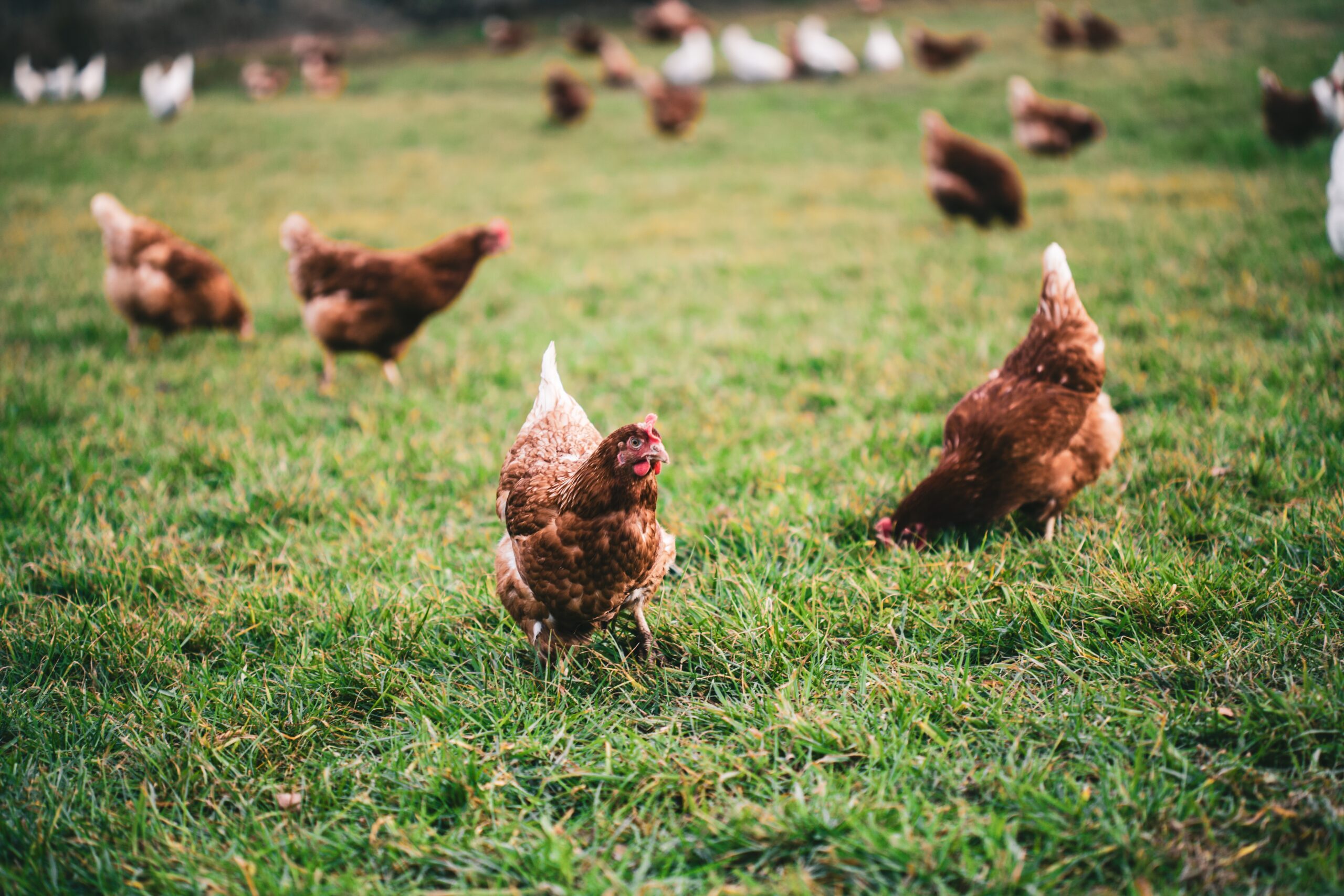
Feature 7: Weather Protection
Your chicken coop has to stand up to all seasons: scorching summers, driving rain, and icy winters.
Insulation Techniques
To keep those winter eggs coming, insulate walls with foam boards, straw bales, or recycled denim insulation. Avoid completely sealing your coop (remember that crucial ventilation!). Use weatherstripping on doors and windows to cut drafts without sacrificing air quality. During heat waves, shade cloth or climbing vines beat back the worst of the sun’s rays.
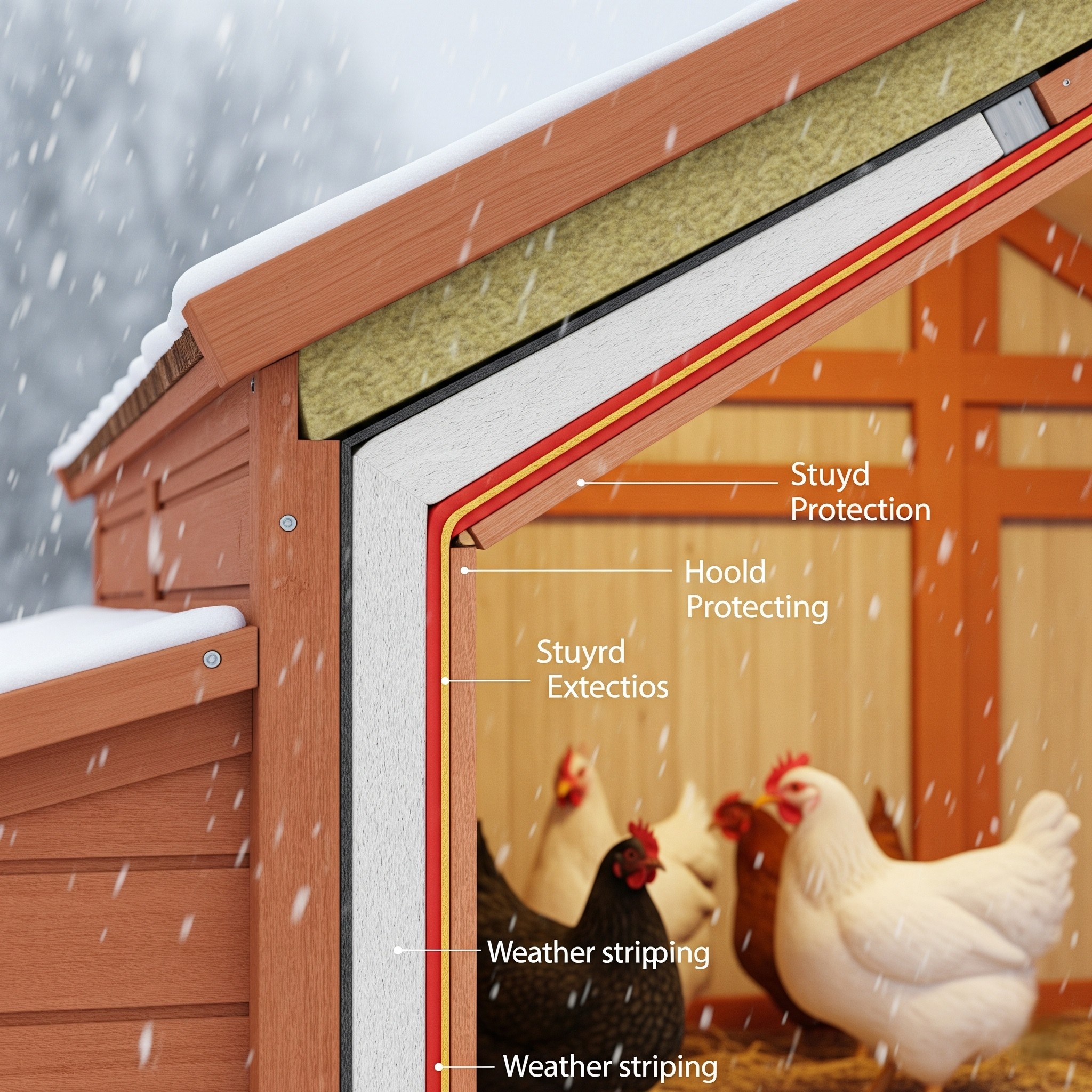
Rain and Sun Protection
A good roof is non-negotiable. Metal or asphalt shingles outlast wood and keep the interior bone-dry. Add gutters with a rain barrel to control runoff and score free water for cleaning. Position your chicken coop facing east for gentle morning sun and cool afternoons.

Feature 8: Easy Egg Collection
Let’s be honest: part of the joy is gathering fresh, warm eggs every morning. Streamline egg-collecting with thoughtful design.
Design Ideas for Accessible Nest Boxes
Install exterior nest box doors you can open without entering the coop—a must for early-morning or rainy-day collections. Secure the doors with predator-proof latches (see Feature 1). Line boxes with a rolled lip so eggs can’t easily roll out, and consider adding sloped floors with cushions so eggs gently slide into a collection trough. No more hunting in the mud or straw!
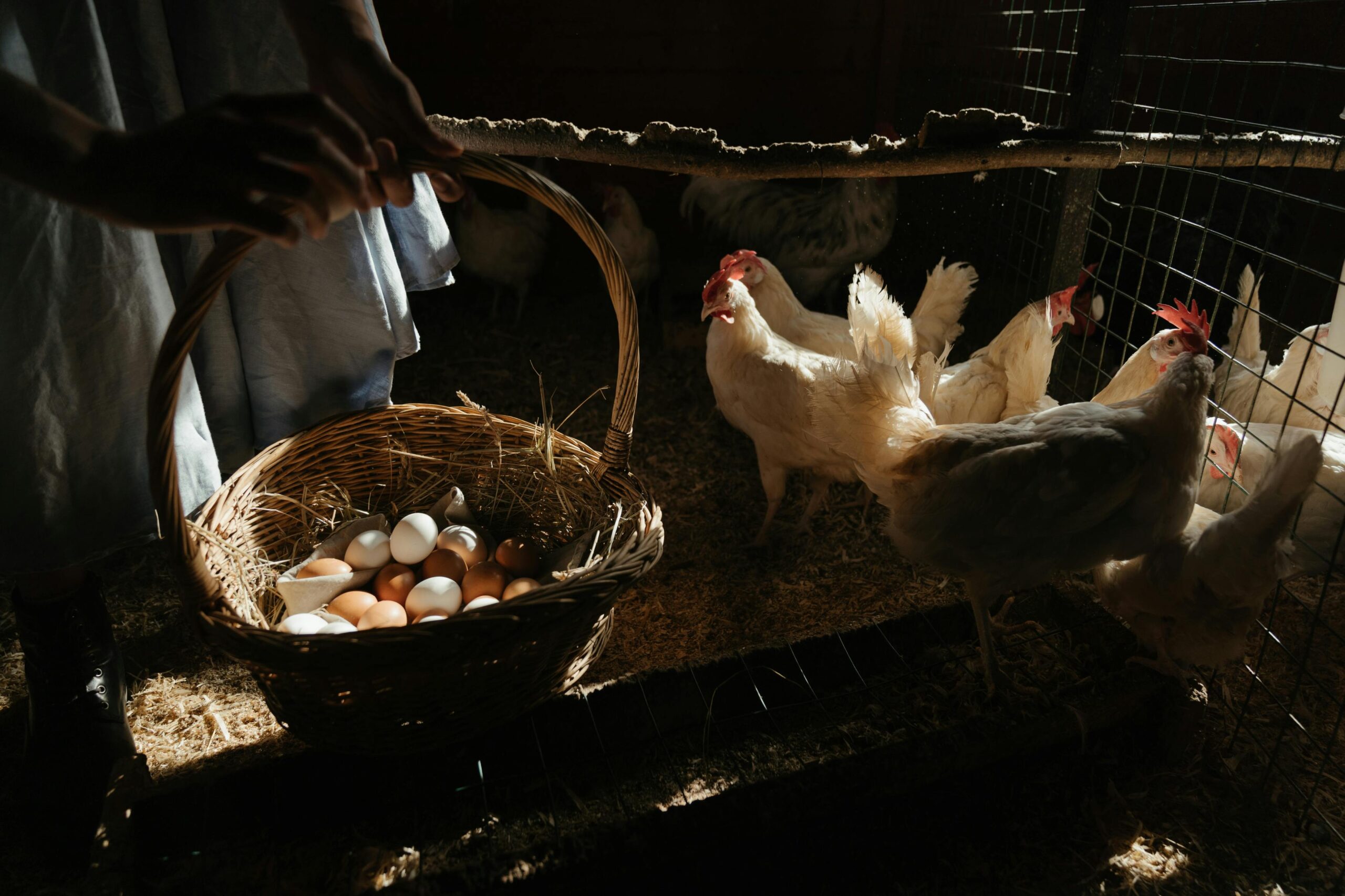
Feature 9: Power and Lighting
A little light goes a long way, literally and figuratively, in the chicken world. Thoughtful power design enhances safety, extends laying season, and makes chores easier.
Solar vs. Electric Options
Solar lighting kits are a favorite DIY chicken coop upgrade—cost-effective, safe, and easy to install. Small solar panels can power LED lights for winter days and automatic doors for security (hello, peace of mind!). If you prefer electric, ensure all cords are out of pecking range and weatherproofed to prevent accidents.
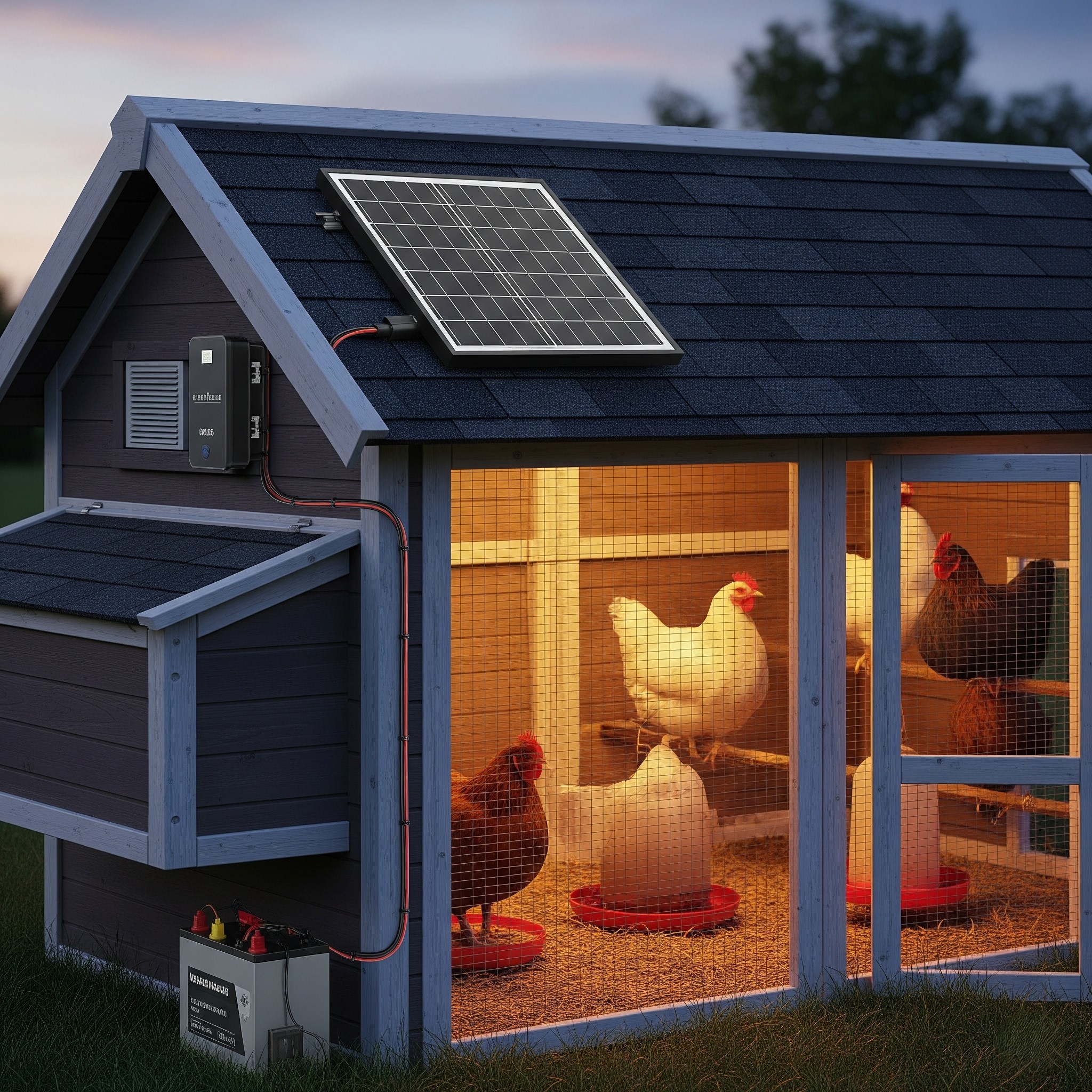
Safety Considerations
Running electricity to your coop? Use outdoor-rated GFCI outlets and weatherproof boxes. Never run extension cords across the yard—bury them or use conduit for peace of mind. Mount lights high, protect all wires, and regularly check for damage.

Feature 10: Cost-Effectiveness and Materials
You don’t have to break the bank to build a chicken coop that’s safe, stylish, and sturdy. Smart choices pay off in lower maintenance and happier hens.
Budgeting for Your Coop
Start with a plan—impulse buys at the hardware store add up fast. List everything from wood to hardware cloth, roofing, insulation, and paint. Repurpose materials when you can: pallets, old barn boards, and barn tin add charm (and savings). For a truly thrifty build, check local classifieds, salvage yards, or Facebook Marketplace for leftover fencing and windows—perfect for DIY chicken coop projects.

Best Materials for Durability
Invest in pressure-treated lumber or naturally rot-resistant woods like cedar for main structural elements. Hardware cloth is vastly superior to chicken wire for keeping predators out. Use galvanized hardware that resists rust, and choose heavy-duty hinges and latches designed for outdoor use. High-quality paint, exterior stain, or waterproof sealant keeps your coop looking great for years.

Conclusion
Designing the perfect chicken coop is a labor of love—a way to bring a little slice of country life to your own backyard. With the right chicken coop plans, inspiration from gorgeous chicken coop ideas, and a little sweat equity, you’ll create a thriving home your chickens will cluck about for years.
If you enjoyed this article, don’t forget to save it on Pinterest or share it with a friend! Happy building, and here’s to fresh eggs, happy hens, and coops so cute, even your neighbors will be jealous.
